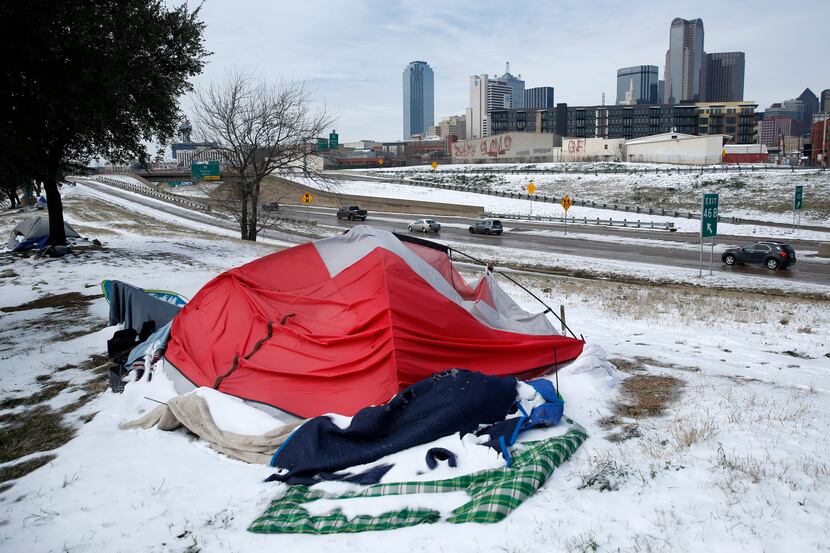As many of us sit shivering in freezing homes begging for this wintry nightmare to end, we’re left wondering what government breakdowns may have compounded this crisis.
We’re eager for answers from our state leaders about what could have been done to prevent widespread power outages that have left millions of Texans without heat during the worst cold snap in decades.
In our own backyard, Dallas city leaders have acknowledged that this is an emergency so severe that their usual emergency playbook was of little use.
Rocky Vaz, director of the city’s Office of Emergency Management, said Dallas has plans for mass evacuations and localized blackouts, but those plans hinge on recreation centers with power that can double as shelters and accessible roads that allow people to get to those shelters.
“The plan that we have does not apply to something that is this catastrophic,” Vaz told us.
Dallas city officials said Oncor warned them over the weekend about “rolling outages” that could last from 15 to 45 minutes. By early Monday, however, many residents had been left without electricity for hours. The Kay Bailey Hutchison Convention Center, which had already opened as an emergency homeless shelter, opened a separate area as a warming station for residents. Vaz said the city also identified several city recreation centers and libraries around Dallas that could serve as warming stations, but Oncor could not guarantee that those locations would be safe from rotating outages.
“We didn’t want to have 200-300 people in there and then lose power and then the challenge of getting them to another location that loses power,” Vaz said.
The city has generators, but the city facilities officials had identified as potential shelters were not wired to operate with outside generators, Vaz said. So the city is renting private coach buses to serve as mobile warming centers. As of Wednesday afternoon, the city had coach buses stationed at 13 locations across the city, including recreation centers, a park, a school, a library and an apartment complex parking lot. Vaz said the buses will remain as long as they’re needed.
Nearly 500 city public works and utilities personnel are fielding calls from residents, responding to broken water lines and plowing and sanding roads. The city is also coordinating with Dallas Area Rapid Transit and volunteers to shuttle people to the convention center or other warming stations, Vaz said. Some churches and nonprofits have opened their doors to neighbors.
Several City Council members are working with community groups and constituents to spread the word, and we’re grateful for every effort to protect residents from danger.
However, communication has not been strong from the city. Many residents without power can’t access the internet. Council members working with community groups to share information by word of mouth is a start, but the city should also make the emergency information more visible on its website and social media accounts for those who can access those platforms. It could also be more active about informing local media about how residents can get help. We urge officials to explore options such as working with Dallas ISD to send robocalls to families with shelter information.
City officials responding to a crisis with little notice will make imperfect decisions. We hope our city leaders will revisit their response after the emergency has passed so that those lessons can leave Dallas better prepared for the next worst-case scenario.

